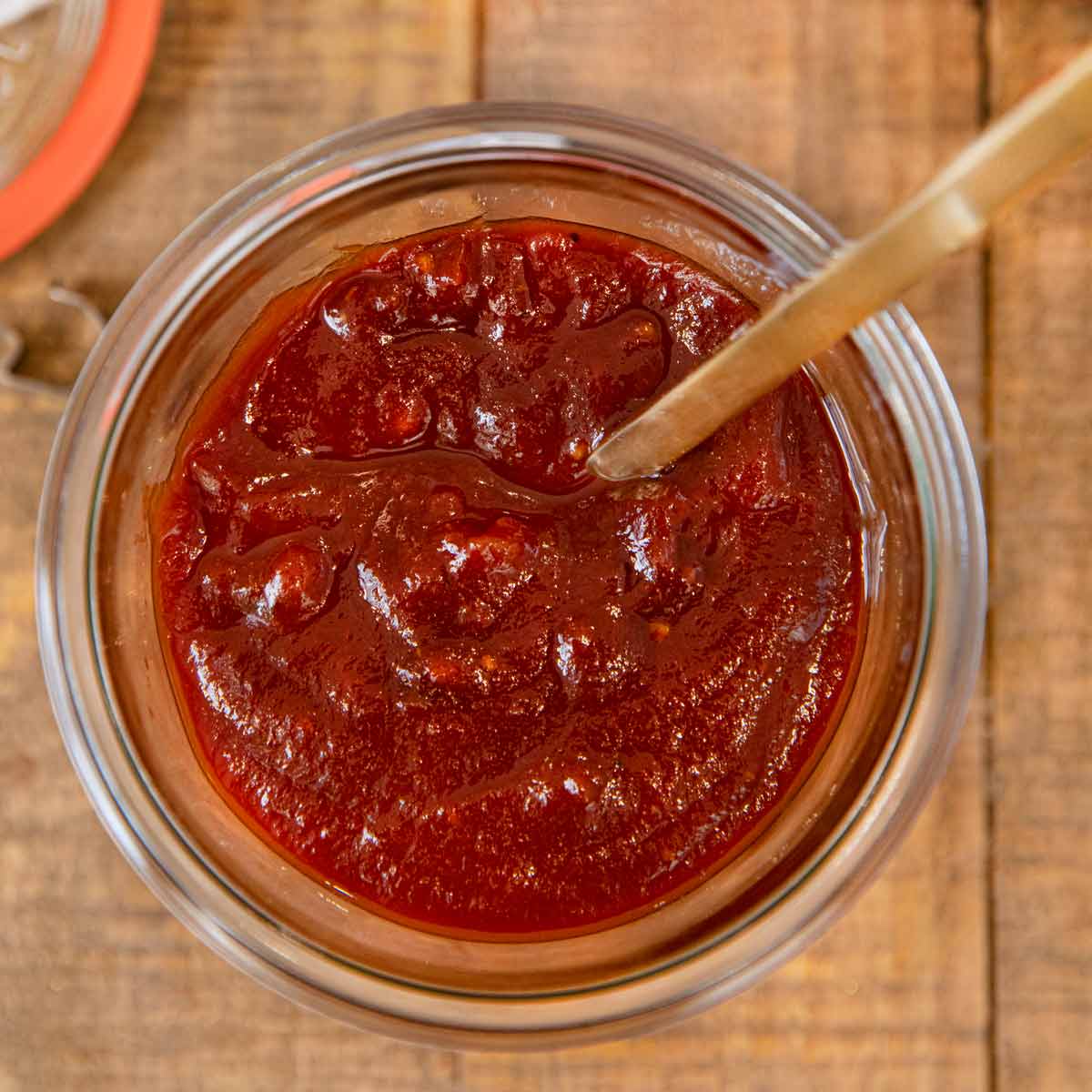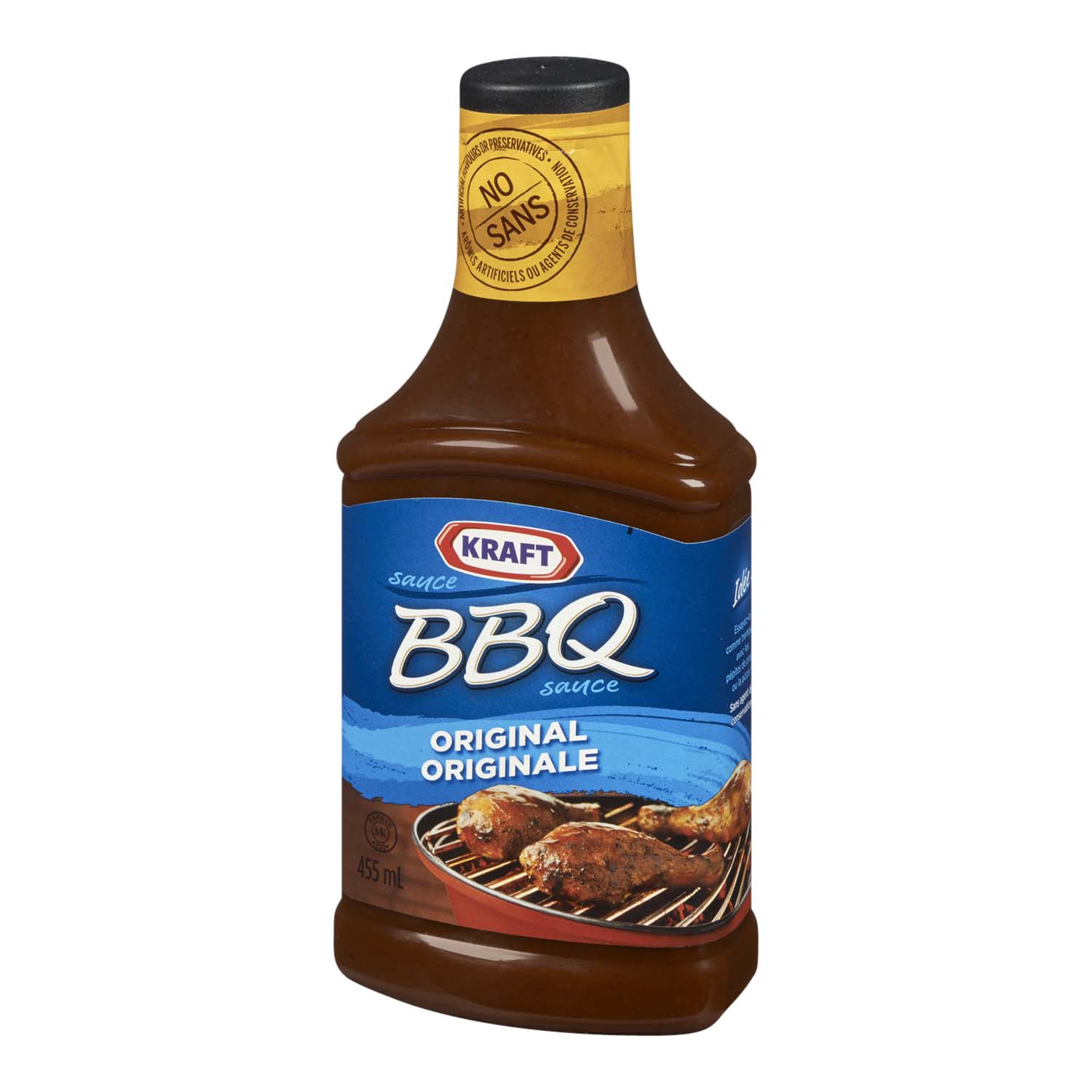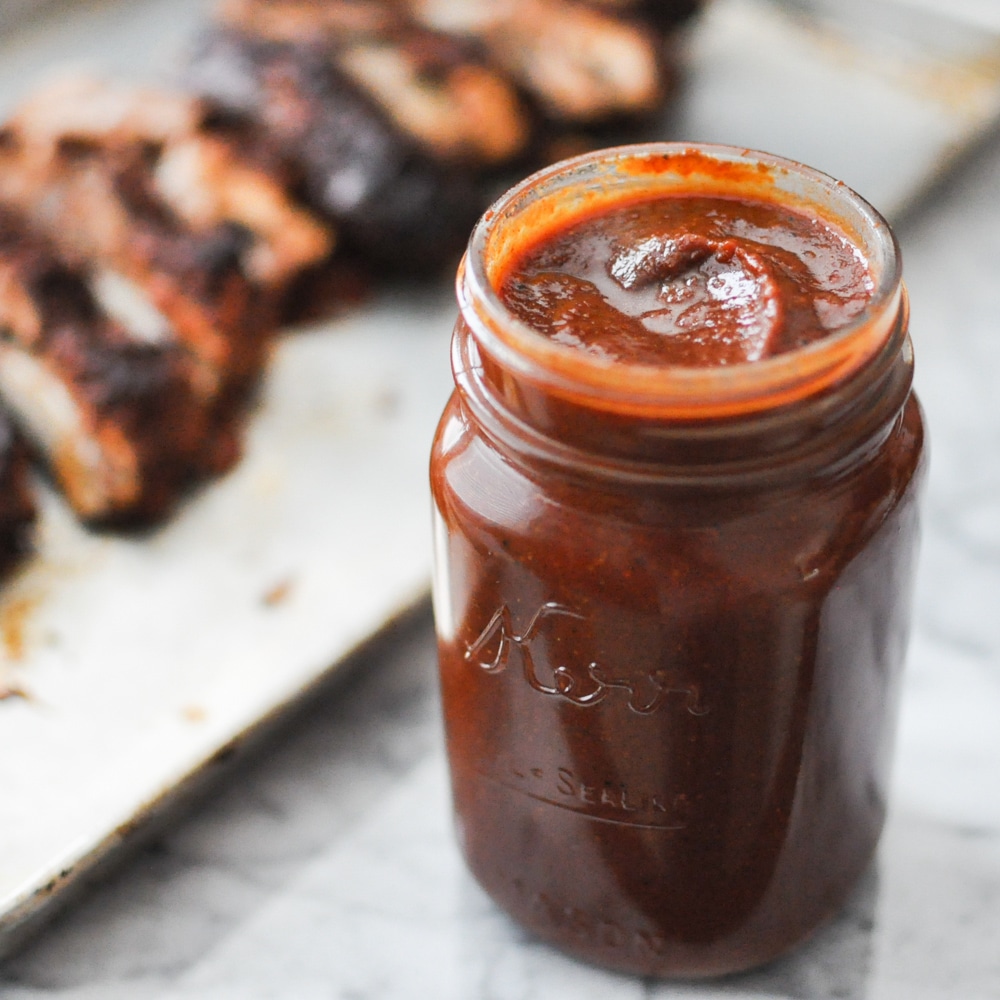Tomato free bbq sauce recipe – Welcome to the world of tomato-free BBQ sauce, a culinary delight that caters to those seeking a tangy and smoky flavor without the traditional tomato base. Whether you have allergies, dietary restrictions, or simply want to explore new taste sensations, this guide will equip you with all the knowledge and recipes you need to create mouthwatering BBQ sauces that will tantalize your taste buds.
Introduction
BBQ sauce is a beloved condiment that adds flavor and richness to grilled and smoked meats. Its popularity stems from its versatility, complementing various proteins and vegetables. Whether you’re a backyard grilling enthusiast or a professional chef, a good BBQ sauce can elevate your culinary creations.
However, for those with tomato allergies or sensitivities, finding a satisfying BBQ sauce can be a challenge. Tomatoes are a common base for many BBQ sauces, but their acidity and allergenic properties can be problematic. This recipe aims to provide a delicious and satisfying alternative by exploring a tomato-free BBQ sauce that retains the smoky, tangy, and flavorful characteristics of traditional BBQ sauces.
Reasons for Seeking a Tomato-Free BBQ Sauce Recipe
- Tomato allergies or sensitivities
- Desire for a different flavor profile without the acidity of tomatoes
- Accommodating dietary restrictions or preferences
- Exploration of alternative ingredients and culinary creativity
Ingredients: Tomato Free Bbq Sauce Recipe

Crafting a delectable tomato-free BBQ sauce demands a careful selection of ingredients that impart a symphony of flavors and textures. Each component plays a pivotal role in shaping the sauce’s overall character, offering a unique contribution to the taste profile.
If you’re looking for a tangy and smoky tomato-free BBQ sauce recipe, check out the classic Milo’s Burger Sauce recipe. This homemade sauce is perfect for dipping or slathering on your favorite grilled meats, and it’s sure to become a backyard favorite.
The best part? It’s made without tomatoes, so it’s perfect for those with tomato sensitivities.
Let’s delve into the essential ingredients and their culinary contributions:
Vinegar
- Provides acidity, a vital element in balancing the sweetness and smokiness of the sauce.
- Common choices include apple cider vinegar, white vinegar, and balsamic vinegar, each imparting its distinct tang.
Sweeteners
- Counteract the acidity of the vinegar, adding a pleasing sweetness to the sauce.
- Popular sweeteners include brown sugar, honey, maple syrup, and molasses, each contributing a unique flavor profile.
Spices and Herbs
- Infuse the sauce with a complex array of flavors, ranging from smoky to spicy to aromatic.
- Common spices and herbs include paprika, cumin, chili powder, oregano, and thyme, offering endless possibilities for customization.
Mustard
- Adds a tangy, savory dimension to the sauce, enhancing its depth of flavor.
- Yellow mustard is a classic choice, while Dijon mustard provides a more robust flavor.
Oil
- Creates a smooth, velvety texture, allowing the ingredients to blend harmoniously.
- Olive oil or vegetable oil are commonly used, imparting a subtle flavor without overpowering the other ingredients.
Alternative Ingredients
For those seeking variations, consider incorporating the following alternative ingredients:
- Worcestershire sauce: Adds a savory, umami-rich flavor.
- Fruit purees (such as peach or apricot): Introduce a subtle sweetness and fruity notes.
- Liquid smoke: Imparts a smoky flavor without the need for grilling.
Methods

Preparing tomato-free BBQ sauce involves various methods, each with its unique advantages and drawbacks.
The most common methods include using fruit-based sauces, vinegar-based sauces, and molasses-based sauces.
Fruit-Based Sauces
- Use fruits like peaches, apples, or berries as the base.
- Advantages: Sweet and fruity flavor, versatile for different dishes.
- Disadvantages: Can be more time-consuming to prepare, may not be suitable for all palates.
Vinegar-Based Sauces
- Use vinegar, such as apple cider vinegar or white vinegar, as the base.
- Advantages: Tangy and savory flavor, easy to prepare.
- Disadvantages: Can be too acidic for some, may not have the same depth of flavor as other methods.
Molasses-Based Sauces, Tomato free bbq sauce recipe
- Use molasses, a thick syrup made from sugar cane or sugar beets, as the base.
- Advantages: Rich and smoky flavor, good for grilled or smoked meats.
- Disadvantages: Can be overpowering if not balanced properly, may not be suitable for all dishes.
Choosing a Method
The best method for you will depend on your personal preferences and the dish you’re making.
If you want a sweet and fruity sauce, try a fruit-based sauce. If you prefer a tangy and savory sauce, go for a vinegar-based sauce. And if you want a rich and smoky sauce, choose a molasses-based sauce.
Step-by-Step Instructions for a Fruit-Based BBQ Sauce
- In a medium saucepan, combine 1 cup of your chosen fruit (peaches, apples, or berries), 1/2 cup of apple cider vinegar, 1/4 cup of brown sugar, 1 tablespoon of Dijon mustard, and 1 teaspoon of smoked paprika.
- Bring the mixture to a simmer over medium heat and cook until the fruit is softened and the sauce has thickened, about 15 minutes.
- Remove the sauce from the heat and let it cool slightly before using.
Variations

Tomato-free BBQ sauce offers a diverse range of flavor profiles, catering to various culinary traditions and personal preferences. Here are some notable variations:
Vinegar-Based Sauces
- Carolina Gold Sauce: A tangy, mustard-based sauce with a vinegar kick, popular in the Carolinas.
- Alabama White Sauce: A creamy, mayonnaise-based sauce with a subtle sweetness, often used on chicken and fish.
Fruit-Based Sauces
- Peach BBQ Sauce: A sweet and tangy sauce with a fruity undertone, perfect for grilling or roasting.
- Mango BBQ Sauce: A tropical twist on BBQ sauce, adding a vibrant sweetness and acidity.
International Variations
- Korean Gochujang BBQ Sauce: A spicy and savory sauce made with Korean fermented chili paste, popular in Korean barbecue.
- Japanese Teriyaki Sauce: A sweet and umami-rich sauce made with soy sauce, mirin, and sake, often used in Japanese cuisine.
Serving Suggestions

Our tomato-free BBQ sauce is a versatile condiment that can elevate the flavor of various dishes. Whether you’re grilling, roasting, or simply dipping, this sauce will add a smoky, tangy, and slightly sweet touch to your culinary creations.
Here are some serving suggestions to inspire your culinary adventures:
As a Marinade
- Brush the sauce generously over your favorite meats, poultry, or seafood. Allow it to marinate for at least 30 minutes, or up to overnight, to infuse the ingredients with smoky goodness.
- For a richer flavor, combine the sauce with other seasonings like garlic, onion, or herbs.
As a Glaze
- During the last 15-20 minutes of grilling or roasting, baste your dish with the BBQ sauce to create a glossy, caramelized glaze.
- The sauce will thicken slightly as it cooks, providing a sticky and flavorful coating.
As a Dipping Sauce
- Serve the sauce alongside grilled meats, vegetables, or fried appetizers for a tangy and satisfying dip.
- Its versatility extends to sandwiches, burgers, or even pizza crusts.
Nutritional Information

Tomato-free BBQ sauce offers a distinct nutritional profile compared to traditional tomato-based sauces. It’s generally lower in calories, carbohydrates, and sugar, making it a healthier alternative.
One serving of tomato-free BBQ sauce typically contains around 50-75 calories, 10-15 grams of carbohydrates, and 5-10 grams of sugar. In contrast, a serving of traditional tomato-based BBQ sauce can contain up to 150 calories, 25 grams of carbohydrates, and 15 grams of sugar.
Tips for Making the Sauce Healthier
- Use natural sweeteners like honey or maple syrup instead of refined sugar.
- Add chopped vegetables like onions, bell peppers, or mushrooms to boost fiber and nutrients.
- Use low-sodium soy sauce or coconut aminos as a healthier alternative to regular soy sauce.
- Reduce the amount of oil used in the recipe to cut down on unhealthy fats.
Conclusion

Tomato-free BBQ sauce offers a delicious and versatile alternative to traditional BBQ sauces. It’s perfect for those who are allergic to tomatoes or simply prefer a different flavor profile.
The possibilities are endless when it comes to tomato-free BBQ sauce. You can experiment with different fruits, vegetables, and spices to create a sauce that’s perfect for your taste. Whether you’re using it to brush on chicken, ribs, or vegetables, tomato-free BBQ sauce is sure to add a burst of flavor to your next meal.
Call to Action
So what are you waiting for? Experiment with our tomato-free BBQ sauce recipes today and see for yourself how delicious it can be!
Last Point

Experimenting with tomato-free BBQ sauces opens up a realm of culinary possibilities. From sweet and tangy to spicy and smoky, these sauces elevate any dish, leaving a lasting impression on your palate. So, grab your apron, gather your ingredients, and embark on a flavor-filled journey with our comprehensive guide to tomato-free BBQ sauce.
Expert Answers
Can I use this sauce as a marinade?
Absolutely! Tomato-free BBQ sauce makes an excellent marinade for meats, poultry, and vegetables. Simply coat your desired ingredients in the sauce and refrigerate for several hours or overnight to allow the flavors to penetrate.
What are some unique flavor variations I can try?
Feel free to experiment with different ingredients to create your own signature sauce. Try adding a touch of sweetness with honey or maple syrup, or add a kick of spice with chili powder or cayenne pepper.
How long can I store homemade tomato-free BBQ sauce?
Store your homemade sauce in an airtight container in the refrigerator for up to 2 weeks. You can also freeze the sauce for longer storage, simply thaw it overnight before using.